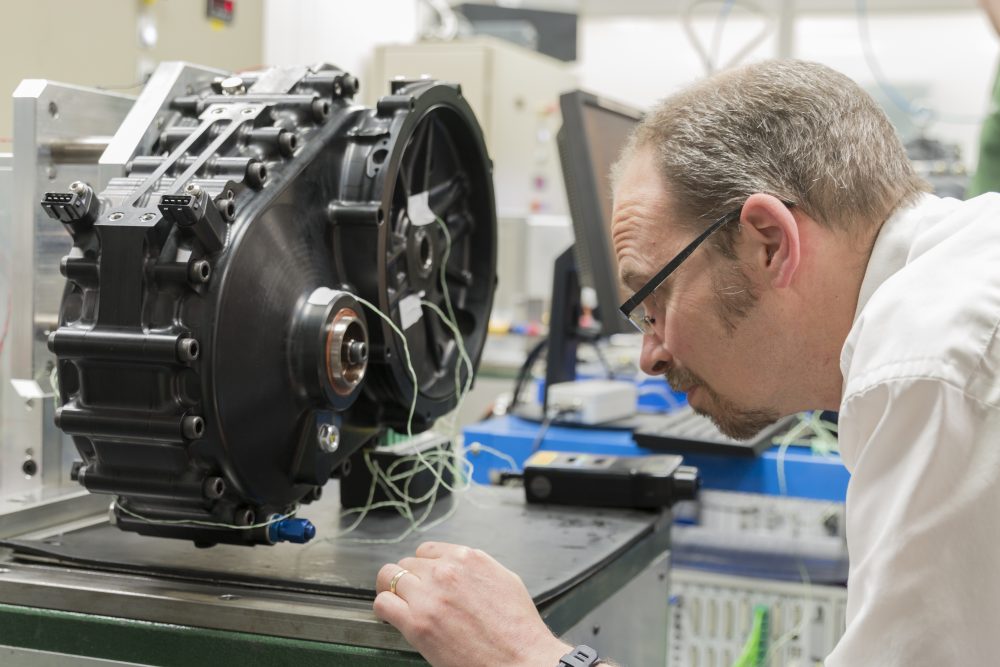The electric vehicle (EV) scene is fast evolving as technology and interest grow, and many more EVs will hit the roads, seas, and skies in the coming years. Since 2016, electric car sales in the United States have increased by more than 40% yearly. By 2035, the world’s leading vehicle markets will be entirely electrified, delivering a glimpse of a green future and enormous economic opportunities.
Table of Contents
Future of the Electric Vehicle
While hurdles to vehicle electrification remain, there are still possibilities worth fighting for. This is especially true in cities, where pollution, traffic, and safety are key concerns. If current trends continue, mobility issues will worsen as population and GDP growth push more automobile ownership, and vehicle kilometers are driven.
As a result, the mobility sector is unleashing a dazzling variety of technologies tailored for urban roadways, such as mobility-as-a-service, enhanced traffic control and parking systems, freight-sharing solutions, and innovative two- or three-wheel transportation ideas.
Given current rules and technological trends, many industry projections predict that we will be at 60% by 2035 to 2040. The Biden administration intends to achieve 50% by 2030. And, while California’s aim of eliminating new internal combustion engine vehicles by 2035 is lofty, other states have similar aspirations. [1]
Transmission of gears to electric vehicles

As governments seek to reduce fuel pollution, automakers plan to phase out automobiles powered only by internal combustion engines (ICEs). Electric cars (EVs) and hybrid electric vehicles (HEVs) are on the rise, and by 2025, EVs and HEVs are expected to account for 30% of all vehicle sales.
According to J.P. Morgan, this figure will climb to over 8.4 million cars by 2025, representing a 7.7% market share. While this increase is impressive, it pales compared to the predicted rise in HEVs, which combine a gasoline engine with electric components. Over time, this industry is expected to grow from 3% of the worldwide market share to more than 25 million cars, or 23% of global sales.
How Can You Prepare for electric vehicles?
Looking back, BEVs accounted for 74% of worldwide EV sales in 2019, an increase of six percentage points from 2018. This increase was fueled partly by new, more vital European emissions requirements, which prompted manufacturers to prioritize the manufacturing and marketing of zero-emission automobiles. Another aspect is China’s advanced BEV market compared to the rest of the globe. Although BEVs remain the leading EV technology in the United States and Europe, they have a lesser market share in China.
Due to local forecasts of charging infrastructure availability, the United States will be slower to attain the levels of acceptance projected in Europe and China. According to BNEF, the United States has one thing working to catch up by the end of the 2030s: approximately 60% of U.S. households own two or more automobiles, with many having the option to install home charging.
South Korea is expected to have a comparable adoption rate as the United States. Like Europe and China, the South Korean adoption schedule relies on strong government policy backing, but the country will also benefit from homegrown vehicle and battery makers.
What is the leading cause of climate change in the United States?
Transportation is a crucial contributor to climate change. To address the climate catastrophe, we must make our highways as clean as possible. We only have a decade to adjust our energy habits to avert the worst effects of climate change.
Emissions from vehicles and trucks are harmful to the environment and hazardous to human health. Pollutants in the air from gasoline and diesel automobiles cause asthma, bronchitis, cancer, and early mortality. The long-term health repercussions of localized air pollution are seen in asthma episodes, lung damage, and cardiac issues.
According to the research, 550 EV vehicles will be offered by worldwide automakers by 2022. Despite this projection, Japan, home to a slew of multinational car manufacturers, including a handful of EVs, is not expected to take off until 2025.
Conclusion
Electric cars are commonly seen as the way of the future. Ford will soon begin shipping its gleaming new F-150 Lightning electric pickup truck, and other automakers are rushing to electrify their most popular models.
However, many drivers considering converting to electric vehicles express a similar concern: the phantom nightmare of being stranded in the middle of nowhere with no battery.
To combat this, the Biden administration has devised a bold strategy. It intends to create many chargers to be as ubiquitous as gas stations and near the simplicity and speed of pumping gas. You can also visit for sports and news at NYC.net.
References
- [ What Will It Take to Transition to Electric Cars? from Yale insights Link: https://insights.som.yale.edu/insights/what-will-it-take-to-transition-to-electric-cars

